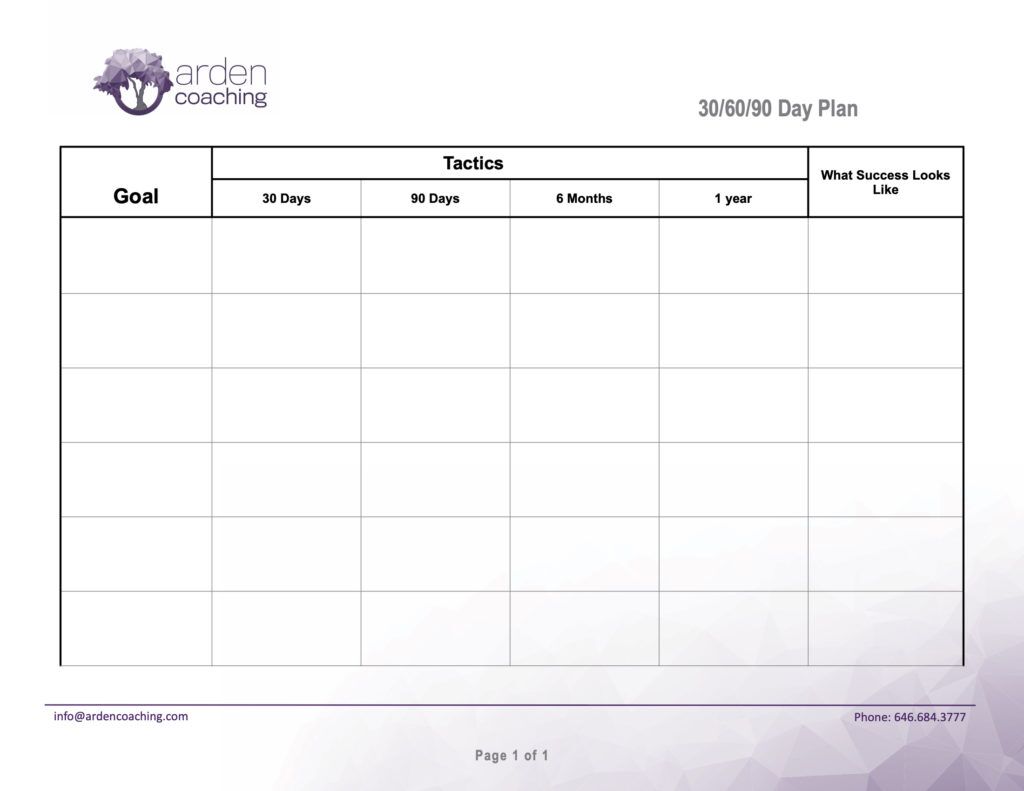By Linda Bodnar, PhD, PCC. As you can imagine, I am finding that a great deal of coaching time these days is focused on change: how to lead in a virtual world, how to ensure clear expectations, how to show empathy and compassion, how to keep people motivated in such uncertainty, how to evaluate performance, and how to maintain team connections, just to name a few. On top of that, many leaders are experiencing changes in their roles — promotions, additional responsibilities or projects, redefining of roles, etc. Some of this is due to transformation processes that were in the works before the recent crises and some are due to shifts as business needs change due to the pandemic. Either way, the challenge emerges on how to best prepare for and manage a role change.
I have seen that putting some effort into planning as you take on a change in your role can go a long way towards a successful and rapid assimilation and an opportunity for a quicker impact. Here are some ideas on what you might want to consider:
- Read First 90 Days: Get your hands on this tried-and-true book by Michael D Watkins. It covers topics such as how to accelerate your learning, match strategy to situation, secure early wins, negotiate success, and create coalitions. One of the best features of the book are the lists of questions to ask yourself at the end of each section.
- Do a gap analysis: What are the skills needed for the change in role? Which of these are current strengths of yours? Where might there be some gaps? How can you work on closing them? What will be more natural for you and what will be more challenging for you? Ask some key stakeholders and trusted advisors for their advice on these.
- Create and share a 30/60/90 day plan: Prepare a 30/60/90 day plan that lays out a few key goals and tactics for reaching them. Below is a worksheet you might consider using. Make sure to take time to think through what success looks like — this serves as a vision and a way to measure whether you are on the right track as you execute your plan. As with the gap analysis, you’ll want to run this by some key people.

- Take advantage of company resources: Touch base with your HR business partner to see what resources might be available to you. For example, if you are taking on a new team, they might offer a New Leader Assimilation Process, which involves a facilitated meeting to accelerate the development of a strong working relationship between you and your team.
- Consider finding new mentors: Touch base with your mentors for their thoughts. Reflect on whether you need new mentors based on the new responsibilities/level. I usually recommend developing several mentoring relationships. For example, you might have one that focuses on job/company/industry knowledge, one the focuses on leadership skills/presence/feedback, and one that focuses on visibility/exposure.
- Analyze the meetings you attend: Identify the meetings you no longer need to attend. Take a look around at the people in the meetings you attend. If you are at a higher level than others there, perhaps you should be delegating attendance to someone on your team. Also, think about those meetings you should now ask to attend.
- Reach out externally: Find some connections in other companies who have the kinds of responsibilities you will be taking on, to make sure you get that external view.
- Find a peer coach/supporter: If you are more of a “wing it” type, ask a “planner” to be a peer coach to help keep you focused on planning for the role change. If you are a “planner” type, ask a “wing it” person to be a peer coach to make sure you are thinking of the big picture, potential obstacles that may require flexing, etc.
- Read The Next Level: If your role change involves a promotion and you will need to be continuing your shift from being a “doer” to a “leader,” you might want to read The Next Level by Scott Eblin. It covers areas such as letting go of: running flat out until you crash, doubting how you contribute, self-reliance, telling how to do it, and looking primarily up and down as you lead.
I’d like to wish you all the best as you navigate these crazy times and the many changes facing you, including possible role changes! For more about change, read Arden Coaching’s blog, “Your Brain on CHANGE.”
To learn more about planning for change and developing your leadership skills, schedule a consultation with Linda.

